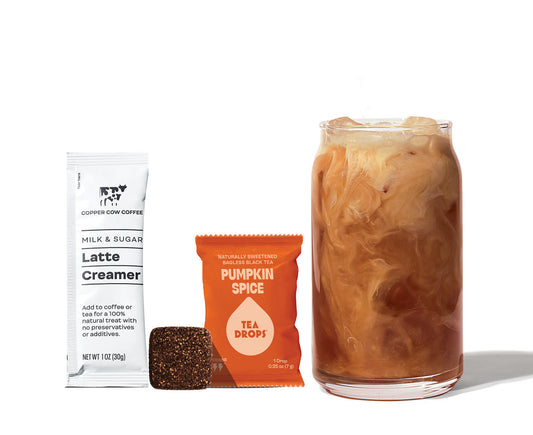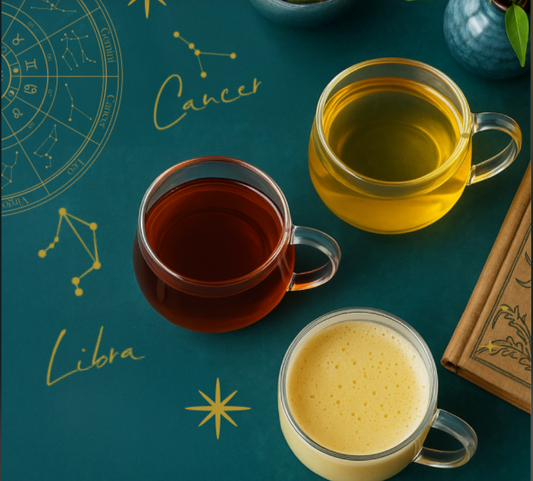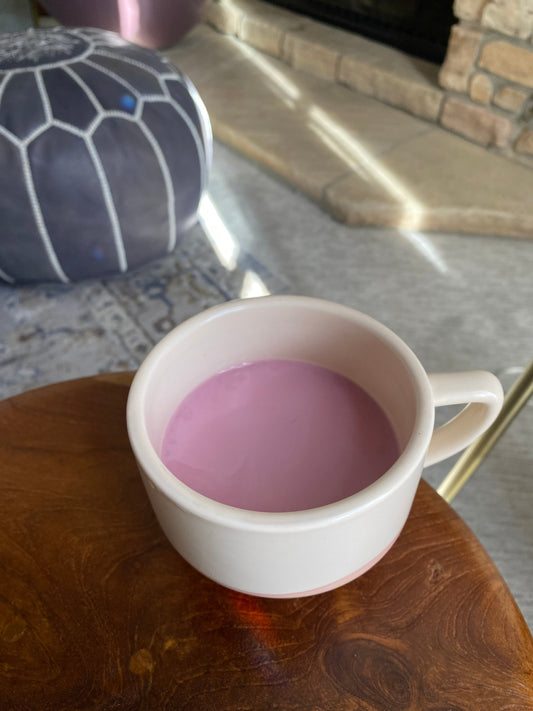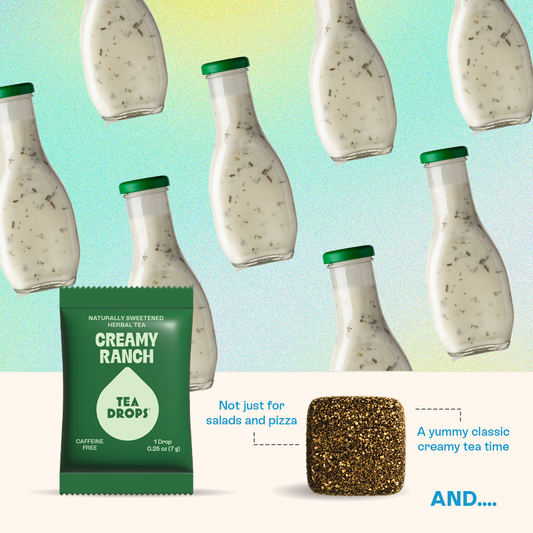
Each time we have the chance to send TeaDrops off to a different corner of the globe is such an honor and a special time for us. This time, our teas are making their way to India, which is somewhat of a homecoming since many of our raw ingredients are sourced from this beautiful nation of tea lovers. As always, join us on our virtual tour around the world--make yourself a cup of tea, sit back, and relax as we travel to India and learn a bit about the tradition of tea in this part of the world.
- India is the largest tea exporter in the world and most of the tea produced in this country and is consumed domestically.
- Although many of the tea plants originated in the northwest region of the country, tea was not introduced in the Indian diet until the British brought it and began producing it around 1850.
- You may recognize many of the tea varieties that originate from India: Darjeeling, "the champagne of tea," is grown in the foothills of the Himalayas. The climate there is ideal for the delicate process that yields slow-growing tea leaves with its signature complex and delicate flavor. Rich Assam teas are grown in the country's northeast. Meanwhile, many fragrant and fruity teas are famously grown in the Nilgiri Highlands of southern India.
- The Indian palate values rich and decadent flavors and no better is this celebrated in the drink that we know as "chai," black tea simmered in milk, sugar, and an array of wonderful spices including cardamom, ginger, clove, and cinnamon. In fact, the ingredients that make up our own Cardamom Spice TeaDrops pay homage to this beloved drink. We even have a wonderful Masala Chai recipe that we've previously shared on this blog (and it is delicious).

-
Chawallahs are open-air tea vendors who line the bustling streets to sell their wares. These (oftentimes) makeshift storefronts serve as a hub of conversation and are an integral part of the everyday tea ritual. Cha-ya is the most popular street variety of tea, which is a blend of strong black tea, cardamom, fennel, cloves or other spices. Mixed with milk and a generous serving of sugar, it is a sweet treat. This is often served in clay cups that are smashed after its single use.
Since tea is a rather recent addition to this country's culture and history, tea rituals in India aren't elaborate or formal, but favor a more everyday place in people's lives. And without a doubt, tea is an integral and major player in the home, hearth, and everyday life of India and its people.
Source: The Tea Spot
Posted by Erin Renee Schwartz







